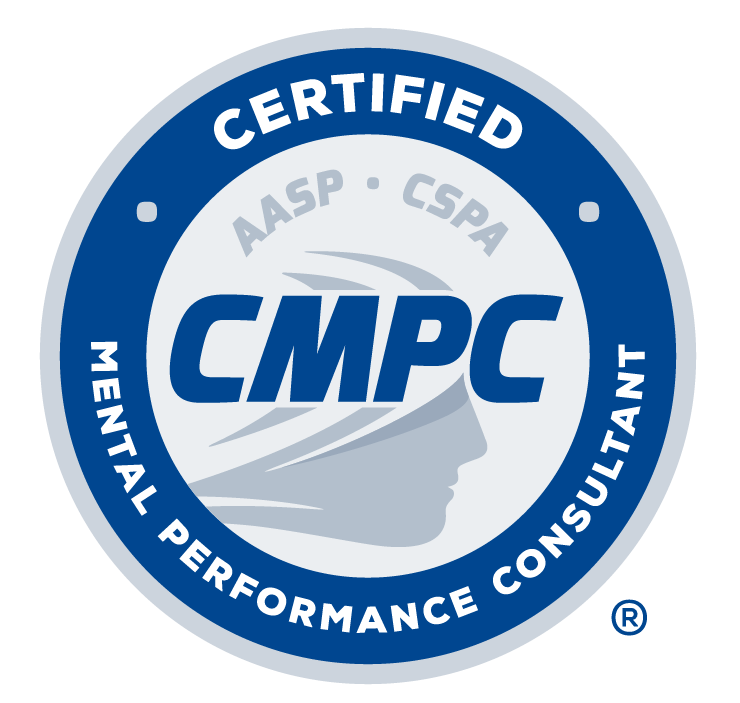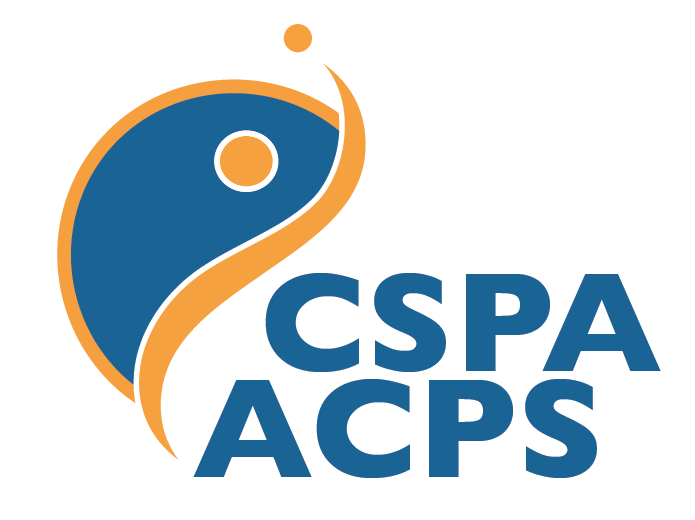Writing and Submitting Your AASP Journal Manuscript: The Inside Scoop
Megan Granquist, PhD, ATC, University of LaVerne
Moe Machida-Kosuga, PhD, Osaka University of Health & Sport Sciences, Japan
Nick Galli, PhD, CMPC, University of Utah
on behalf of the AASP Research Development Committee



Writing and submitting a manuscript to a journal can be both exciting and daunting. However you view this process, it can be time consuming to find a proper home for your content and often perplexing to figure out which manuscripts might get published. Therefore, we sought to gather the views of three AASP journal editors, in order to help you better navigate and master the writing and submission of your manuscripts for publication. Stephen Mellalieu, PhD, with the Journal of Applied Sport Psychology (JASP); Ian Maynard, PhD, with the Journal of Sport Psychology in Action (JSPA); and Stewart Cotterill, PhD, with Case Studies in Sport and Exercise Psychology (CSSEP) graciously provided their responses to our questions.
What do you see as a current hot topic in your journal?
According to the journal editors, there are currently no “hot topics”. Mellalieu (JASP) stated there was, “No one hot topic as such within the Journal currently” with Maynard (JSPA) adding, “each issue invariably covers a variety of subjects”. Cotterill (CSSEP) even indicated the need for diversity in the cases presented in the journal’s manuscripts:
As a new journal the key focus at the moment is about sharing experience. As such, the focus is really on encouraging diversity in the submissions we receive. Indeed, the more diverse the better. This diversity is in terms of the topics covered, the client groups worked with, and the outcomes reported.
Although no “hot topics” exist for the AASP journals, the editors did indicate that they are looking into producing special issues on topics such as: Mental Toughness, Context-Driven Sport Psychology, Technology in Sport Psychology and Mindfulness (JSPA), and Organisational Sport Psychology (JASP). Moreover, CSSEP recently launched a call for papers for a special issue of Combat Sports and Martial Arts.
What are a few tips in responding to the editor's and reviewers' comments?
First, take a positive point of view when reading reviewers’ comments. Mellalieu (JASP) advises, “Be humble - reviews are meant to be constructive.” Next, respond to every comment! As Maynard (JSPA) states, “Either comply with the request or challenge the request and offer a reasoned rationale for why you are not prepared to make the suggested amendment. Do not leave any comment without some kind of response, it slows down the review process.” Finally, be aware that there is usually a deadline for responses, make sure to follow any required formatting guidelines (a response table may be useful), and carefully proofread your responses.
What is a major difference between accepted and rejected manuscripts?
According to the editors, manuscripts that do not follow the journals’ guidelines (e.g., formatting, APA requirements) are often rejected. Also, manuscripts that do not fit the scope of the journal and do not contribute to new knowledge or enhance practice. Cotterill (CSSEP) offered that reviewers look for “fusion between evidence and practice” and accepted manuscripts are differentiated by “predominantly the depth of insight demonstrated through the writing process, and the depth of reflections shared.” Specific to JSPA, which is not an outlet for original research but instead for applied practice, Maynard stated, “We are more interested in reflections, insights or approaches that will assist or support the development of young practitioners.”
What is the one important piece of advice you want to give authors who are submitting their manuscripts to your journal for the first time?
The editors provided advice that holds true across journals. Cotterill (CSSEP) suggested to, “Definitely encourage potential authors to read some of the published case studies. These offer the best insight into what we are looking for”. It is also important to note that journals vary both in scope and length of articles they publish. For example, Maynard indicated that JSPA generally publishes shorter articles of eight to ten pages, instead of the thirty-page limit that other journals hold; “We would ask authors to consider that our readers should be able to cover their submission during a twenty-minute bus ride and glean a useful 'take-home message' that made their efforts worthwhile”. Mellalieu (JASP) added that if you are unsure, you may contact the journal editor to inquire about the fit and suitability of your manuscript.
What to consider before clicking ‘Submit'
The editors have suggested that when you are preparing your manuscript for submission, you ask yourself three important questions:
- Does your article fit with the scope of the journal?
- Does your article make a significant contribution to knowledge and/or practice in the field?
- Is your manuscript formatted per journal guidelines and free of typographical and grammatical errors?
If you answered yes to all of these questions, you should feel confident in submitting your manuscript.
|
Journal of Applied Sport Psychology (JASP) |
|
|---|---|
| Issues per Year | 4 |
| Journal Link | Click here |
| Instructions for Authors | Click here |
| Formatting | APA |
| Word/Page Limit | 30 double-spaced pages for quantitative studies, and 35 double-spaced pages for qualitative studies |
| Submissions | ScholarOne Manuscripts (through Manuscript central) |
|
Journal of Sport Psychology in Action (JSPA) |
|
|---|---|
| Issues per Year | 3 |
| Journal Link | Click here |
| Instructions for Authors | Click here |
| Formatting | APA |
| Word/Page Limit |
10-12 double-spaced pages |
| Submissions | ScholarOne Manuscripts (through Manuscript central) |
|
Case Studies in Sport and Exercise Psychology (CSSEP) |
|
|---|---|
| Issues per Year | Case studies published online as they are ready |
| Journal Link | Click here |
| Instructions for Authors | Click here |
| Formatting | APA |
| Word/Page Limit | 15-25 double-spaced pages |
| Submissions | ScholarOne Manuscripts (through Manuscript central) |
The July 2018 issue of the AASP Newsletter includes the following articles:
- President's Message: AASP Progress, Prospects and Strategic Planning
- Writing and Submitting Your AASP Journal Manuscript: The Inside Scoop
- What's Your 'Handle'?: Ethical Issues and Considerations for Title Use When Using Social Media
- Integrating Psychophysiological Training into Sport Psychology Consulting
- July & August Diversity Month Announcements
Click here to return to the full list of past AASP Newsletter issues.




